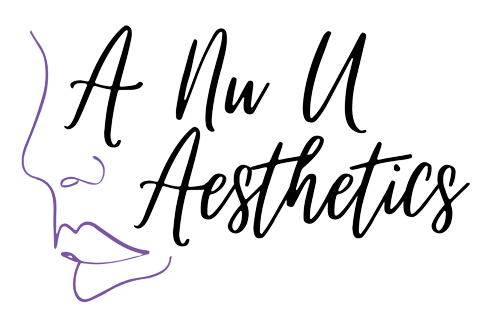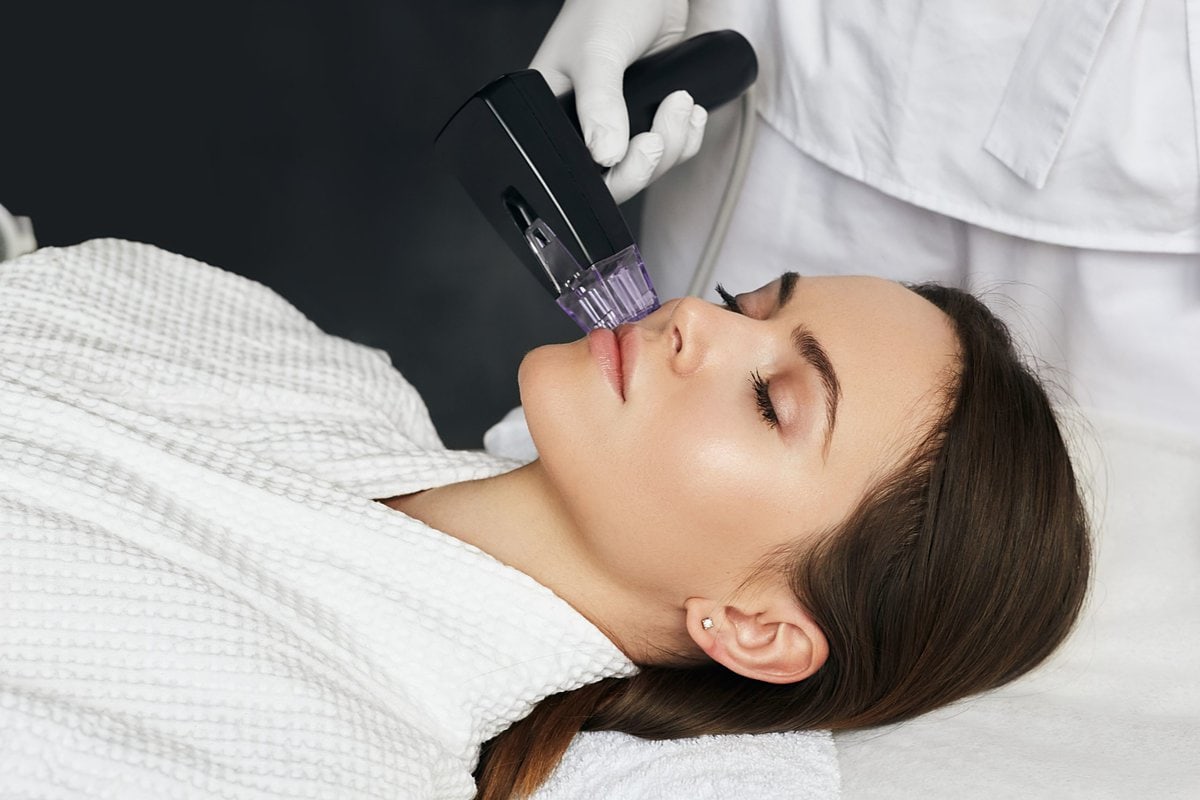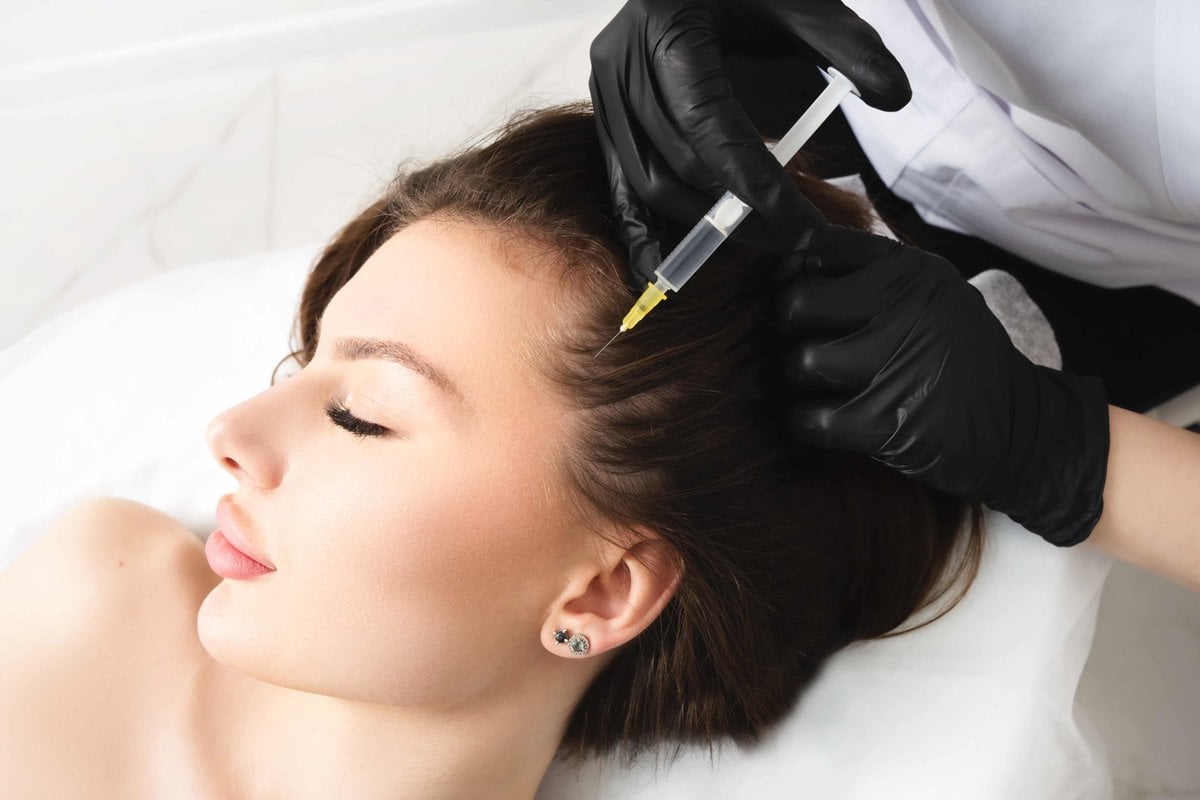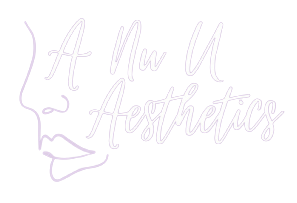Are you looking to smooth out wrinkles and fine lines or add volume to your lips and cheeks? Restylane may be the solution you’ve been searching for! Restylane offers a versatile and effective solution. With minimal downtime and a quick treatment process, it’s no wonder why Restylane has become one of the most sought-after cosmetic treatments in the world. Restylane offers an easy and effective way to look and feel your best in this age of selfies and social media.
What is Restylane?
Restylane is a brand of hyaluronic acid-based dermal fillers used for cosmetic purposes. Hyaluronic acid is a naturally occurring substance in the body that provides hydration and volume to the skin. Restylane injections can add volume and reduce the appearance of wrinkles, lines, and folds on the face, such as nasolabial folds, marionette lines, and lip lines. Restylane can also be used to enhance the lips and cheeks. The effects of Restylane typically last between 6 to 18 months, depending on the specific product used and the individual’s metabolism. It is important to note that a licensed healthcare provider should only perform Restylane injections.
Treatment Process
The treatment process for Restylane typically involves the following steps:
- Consultation: The first step in the Restylane treatment process is a consultation with a licensed healthcare provider. During this consultation, you will discuss your goals for the treatment, and the healthcare provider will assess your skin and determine if Restylane is the proper treatment for you.
- Preparation: Before the treatment, the healthcare provider will clean the area to be treated and may apply a topical numbing cream to ease any discomfort.
- Injection: The healthcare provider uses a fine needle to inject the Restylane gel into the targeted areas. The number of injections required varies depending on the treatment’s extent and the areas being treated.
- Post-treatment: After the injections, the healthcare provider may gently massage the treated areas to ensure the gel is evenly distributed. After the treatment, you may experience some swelling, redness, and bruising, but these side effects typically subside within a few days. It is important to avoid strenuous exercise and alcohol consumption for at least 24 hours after the treatment.
- Follow-up: You may need to schedule a follow-up appointment with your healthcare provider to ensure that you are satisfied with the results and to determine if any touch-up injections are required.
The treatment process for Restylane may vary depending on the individual and the areas being treated. Your healthcare provider will provide detailed instructions and answer any questions you may have before and after the treatment.
Advantages
Restylane has several advantages as a cosmetic treatment, including:
Natural-looking results: Restylane is made from hyaluronic acid, a naturally occurring substance in the body, which means the results are typically natural-looking and subtle.
Versatility: Restylane can be used to treat a variety of areas on the face, including the lips, cheeks, and nasolabial folds, making it a versatile treatment option.
Long-lasting results: The effects of Restylane typically last between 6 to 18 months, depending on the specific product used and the individual’s metabolism.
Quick treatment: Restylane injections are usually brief, taking only 15-30 minutes, making it a convenient option for those with busy schedules.
Minimal downtime: While some redness, swelling, and bruising may occur after the treatment, downtime is minimal, and patients can typically resume their normal activities immediately following the treatment.
Non-invasive: Restylane is a non-invasive treatment that does not require surgery or general anesthesia, making it a safer option than other cosmetic treatments.
Remember that Restylane may not be suitable for everyone, and it is essential to discuss the risks and benefits of the treatment with a licensed healthcare provider before undergoing the procedure.
Side effects
Like any cosmetic treatment, Restylane can have side effects. Common side effects include:
- Swelling: Patients may experience swelling in the treated areas for a few days after the treatment.
- Redness: The treated areas may appear red or slightly bruised for a few days after the treatment.
- Tenderness: The treated areas may be tender to the touch for a few days after the treatment.
- Itching: Patients may experience itching in the treated areas.
- Pain: Patients may experience mild to moderate discomfort during and after the injection.
- Allergic reaction: In rare cases, patients may be allergic to the hyaluronic acid in Restylane, which can cause swelling, redness, and itching.
- Nodules or bumps: In rare cases, nodules or lumps may form under the skin in the treated area.
Most side effects of Restylane are mild and typically resolve within a few days to a week after the treatment. To minimize the risk of side effects, choose a licensed healthcare provider with Restylane injections experience and follow their post-treatment instructions carefully.
Who is Restylane for?
Restylane is generally recommended for adults looking to reduce the appearance of wrinkles, lines, and folds on the face or to enhance the volume and contour of the lips or cheeks. Restylane can be an effective treatment option for people with mild to moderate signs of aging who want to achieve a younger appearance.
Restylane is also suitable for individuals who want to enhance their lips’ natural shape and volume or improve their facial features’ overall balance and harmony. It is important to note that Restylane may not be suitable for everyone, and it is essential to discuss the risks and benefits of the treatment with a licensed healthcare provider before undergoing the procedure.
People with severe allergies or bleeding disorders, those who are pregnant or breastfeeding, or those with a history of keloid scarring should not undergo Restylane treatment. Individuals with certain medical conditions or taking certain medications should also consult with their healthcare provider before receiving Restylane injections.
Who should do Restylane treatment?
Restylane procedures should only be performed by a licensed healthcare provider who has undergone specialized training in administering dermal fillers such as Restylane, like plastic surgeons, dermatologists, or a trained nurse practitioner.
As mentioned, choose a qualified and experienced provider who can assess your needs and goals and recommend the appropriate Restylane product. The provider should also thoroughly understand facial anatomy to ensure the injection is done safely and accurately.
Before undergoing Restylane treatment, it is crucial to research potential providers, read reviews from previous patients, and schedule a consultation to discuss your goals and ask any questions you may have. By choosing a skilled and experienced provider, you can feel confident that you will safely and effectively achieve the desired results.
When choosing a qualified and experienced provider, choose A Nu U Aesthetics and try Restylane. Contact them today to reserve a spot.







